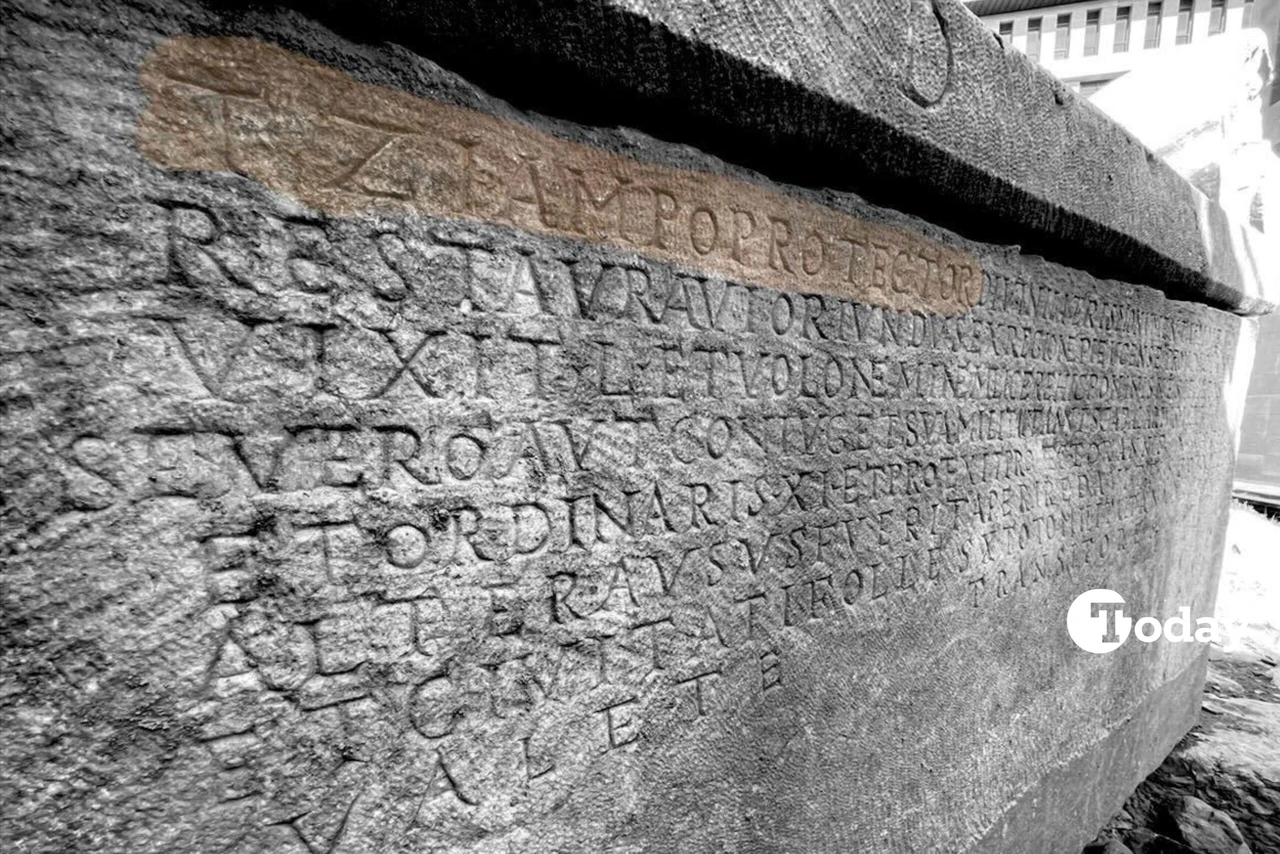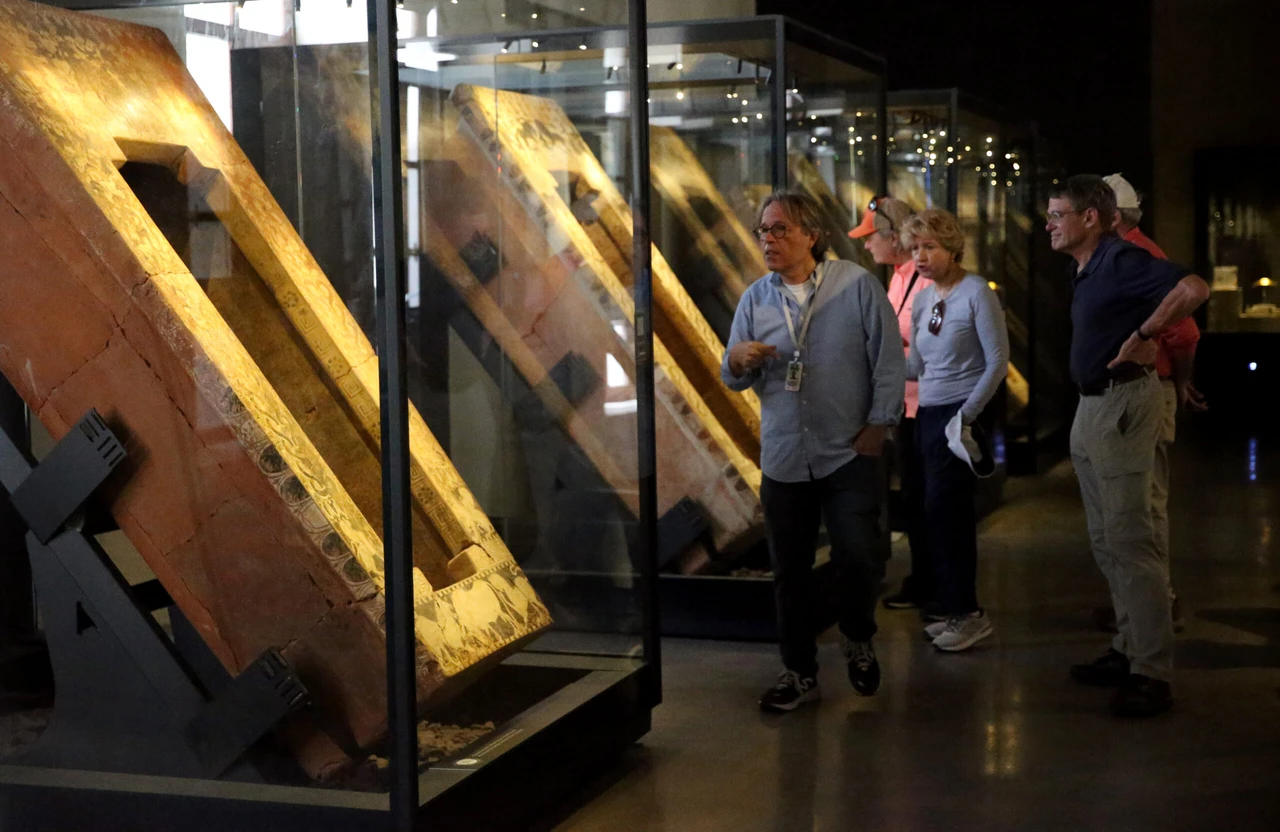Ancient Anatolia’s mummies: 97 years later, clues reveal strangulation, Christian beliefs
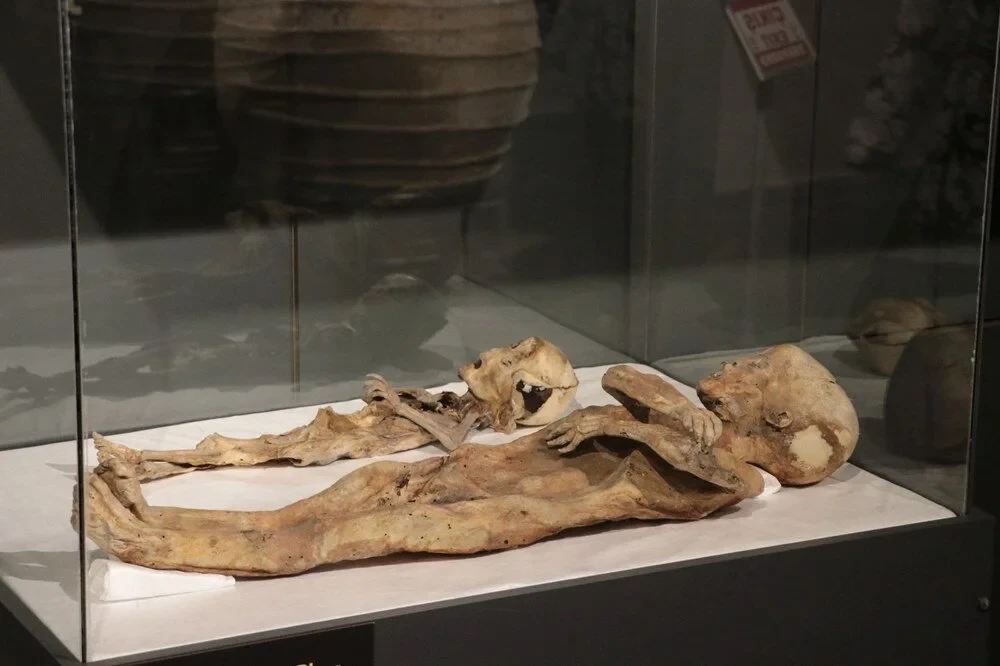 Child Mummies at Kayseri Archaeology Museum, Türkiye, August 22, 2024 (Photo via NTV)
Child Mummies at Kayseri Archaeology Museum, Türkiye, August 22, 2024 (Photo via NTV)
During road construction on the Kayseri-Ankara highway in 1927, two remarkably preserved child mummies from the Eastern Roman era were uncovered. These ancient Anatolia’s mummies, now on display at the Kayseri Archaeology Museum, reveal intriguing details about their past, including the suspected cause of death and religious beliefs.
The mummies were found at Bogazkopru in the Kocasinan district. Initially stored at Kayseri High School’s laboratory, they were later transferred to the old museum building in 1982. In May 2024, they were relocated to their current exhibition space at the Kayseri Archaeology Museum.
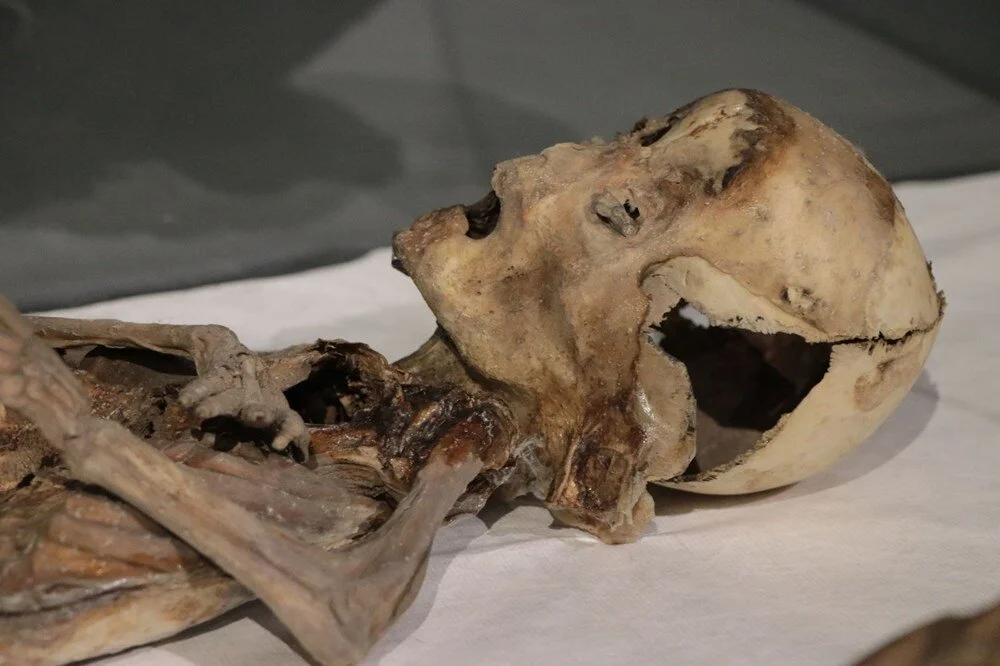
Expert analysis of Anatolia’s mummies
According to Kayseri Archaeology Museum Director Gokhan Yildiz, “The mummies, found at a road junction, show signs of having been strangled with a chain-like object. The positioning of their arms across their chests indicates they were Christian.”
The female mummy, about 94 centimeters long, exhibits strangulation marks, while the 64-centimeter male mummy appears to have died from a fever before mummification. Research suggests a date range of the eighth to 13th centuries for these artifacts.

Rare and intriguing exhibits
Mummies from the Eastern Roman period are rare in Anatolia. Similar finds are limited to specific historical periods, such as the Beyliks and Seljuk eras.
No records exist for mummification practices in the Ottoman period. The mummies’ unique preservation has captured the public’s interest, leading to plans for a permanent exhibit with age-appropriate viewing restrictions.
These ancient mummies continue to fascinate visitors and provide valuable insights into historical practices and beliefs.
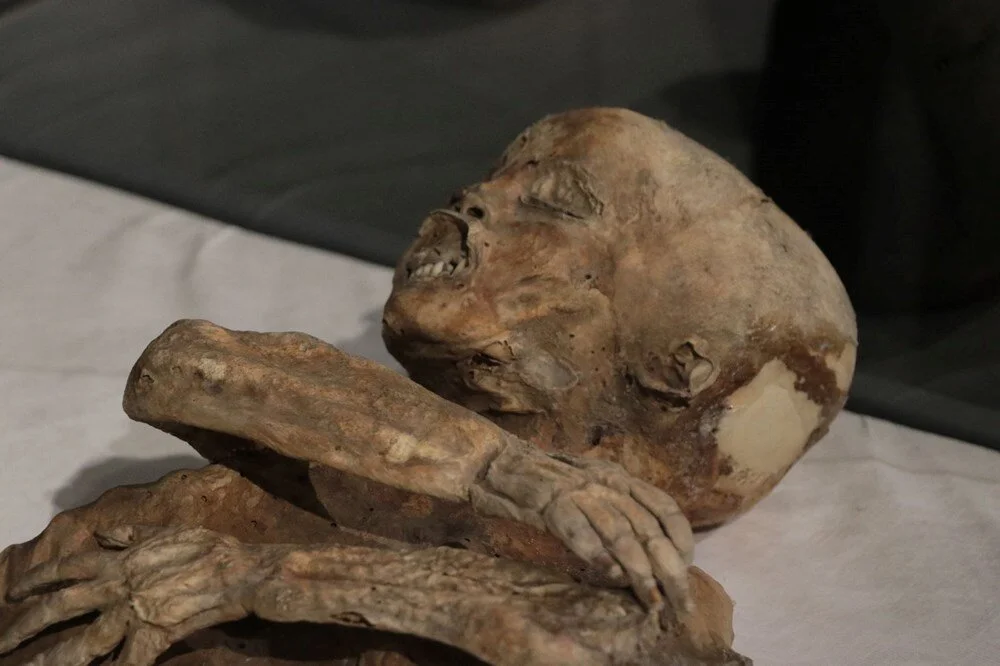
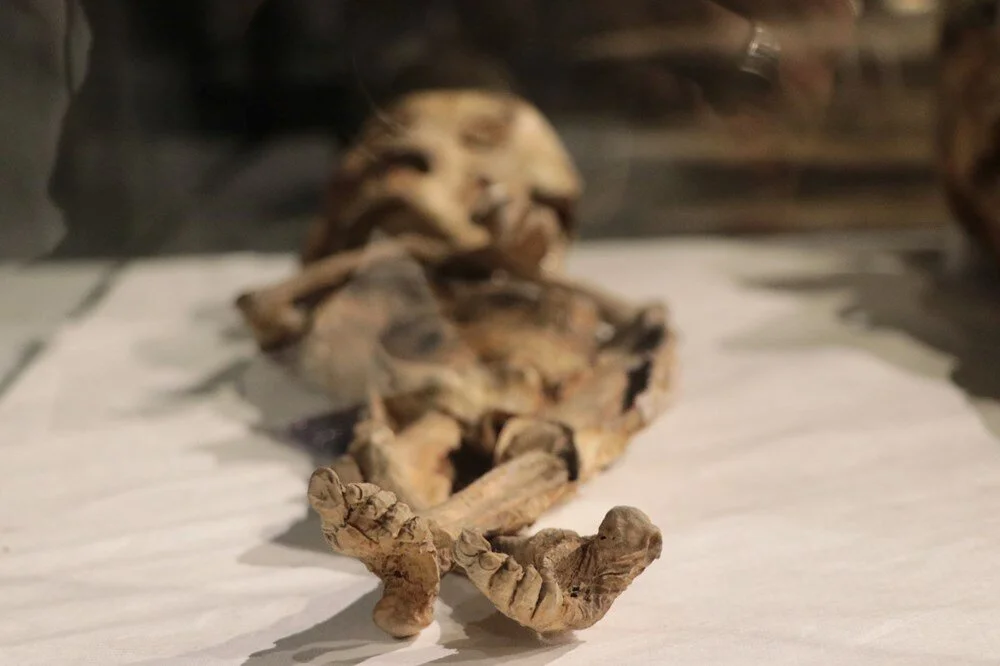
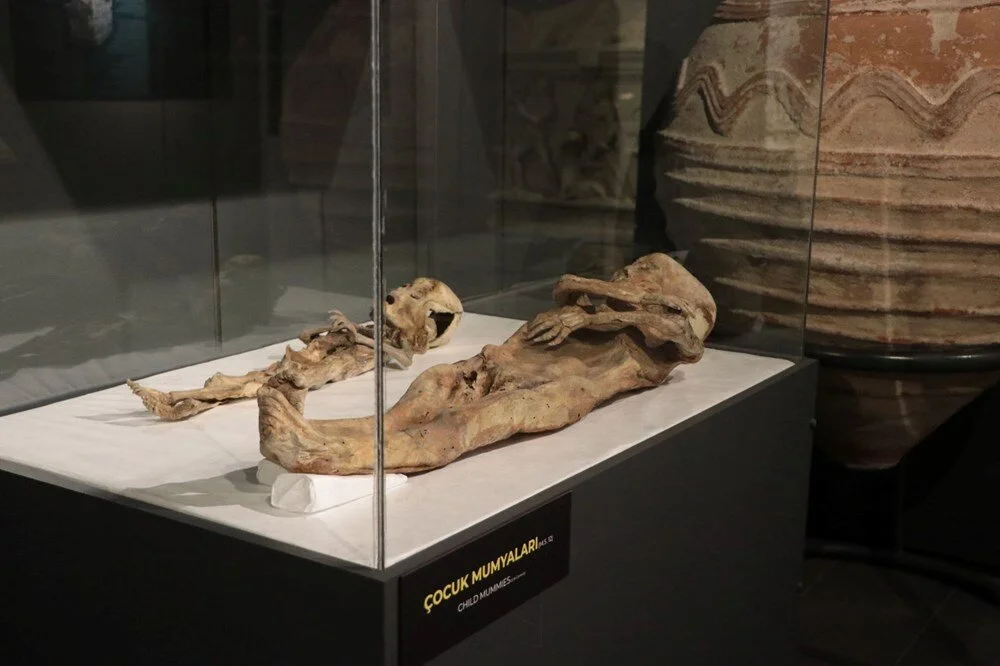
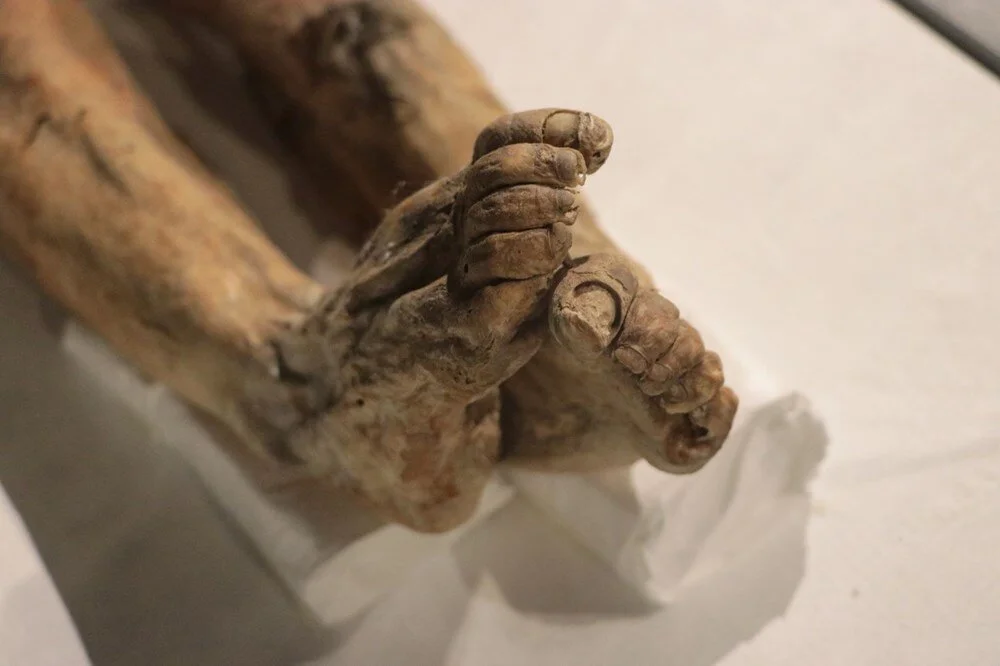
Where is Kayseri Archaeological Museum?
The Kayseri Archaeological Museum, located in the historic city of Kayseri, Türkiye, boasts a rich heritage in museum curation that dates back to significant developments in prehistoric and later periods. Originally, in response to a decree from Osman Hamdi Bey, artifacts from the region were collected and stored in a room at Kayseri High School for preservation.
In 1928, during a visit to Kayseri, Minister of National Education Esat Bey reviewed these artifacts and discussed the establishment of a museum with Kayseri Governor Fuat Bey. Following the renovation of the Hunat Hatun Medrese, the museum officially opened its doors on March 1, 1930, operating as a “Depot Museum” until 1937. After cataloging the artifacts chronologically and scientifically, it was opened to the public in 1938 with a modest entrance fee of 5 kurus (old Turkish liras).
The museum faced space constraints as collections grew, thanks to systematic excavations led by Professor Tahsin Ozguc in Kultepe Kanish/Karum, 22 kilometer northeast of Kayseri, as well as acquisitions and donations from the region. Consequently, construction of the current museum building began in 1965 and it was inaugurated on June 26, 1969.
You can visit the Kayseri Archaeological Museum website for further details.
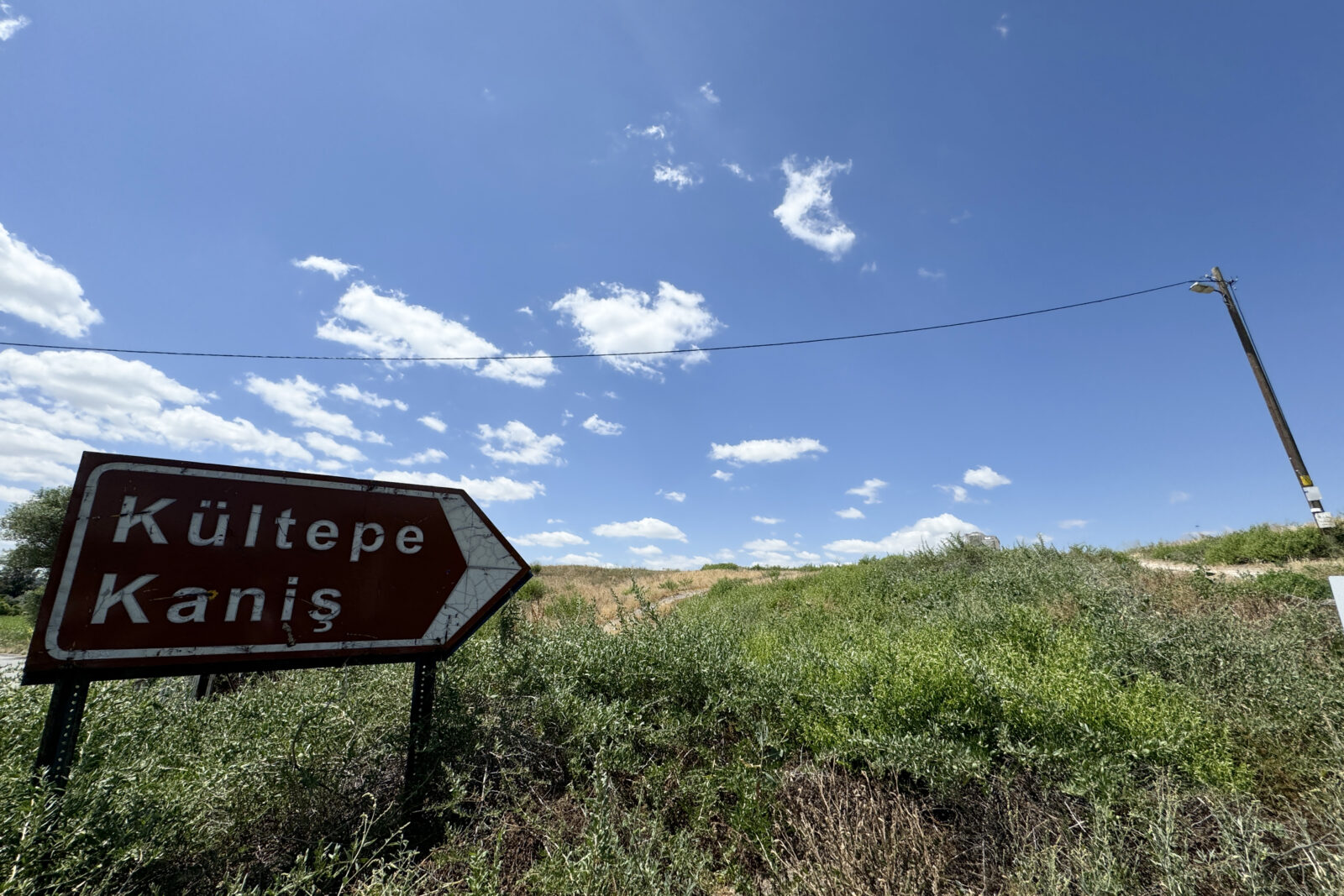
Historical reflections in name of Kayseri or Caesarea
Kayseri, the central city of the Kayseri Province in Türkiye, is situated in the Central Anatolia region and borders Nevsehir Province near Cappadocia. Known for its Yilki horses in the Hormetci Wetlands and the Kapusbaşı Waterfall, Kayseri also boasts regional delicacies such as mantı and yağlama.
The name “Kayseri” is derived from the Latin “Caesarea” and the Greek the Greek word “kaysaria”, which were adapted into Turkish from the Arabic form. Historical records also refer to the city as Mazaka.
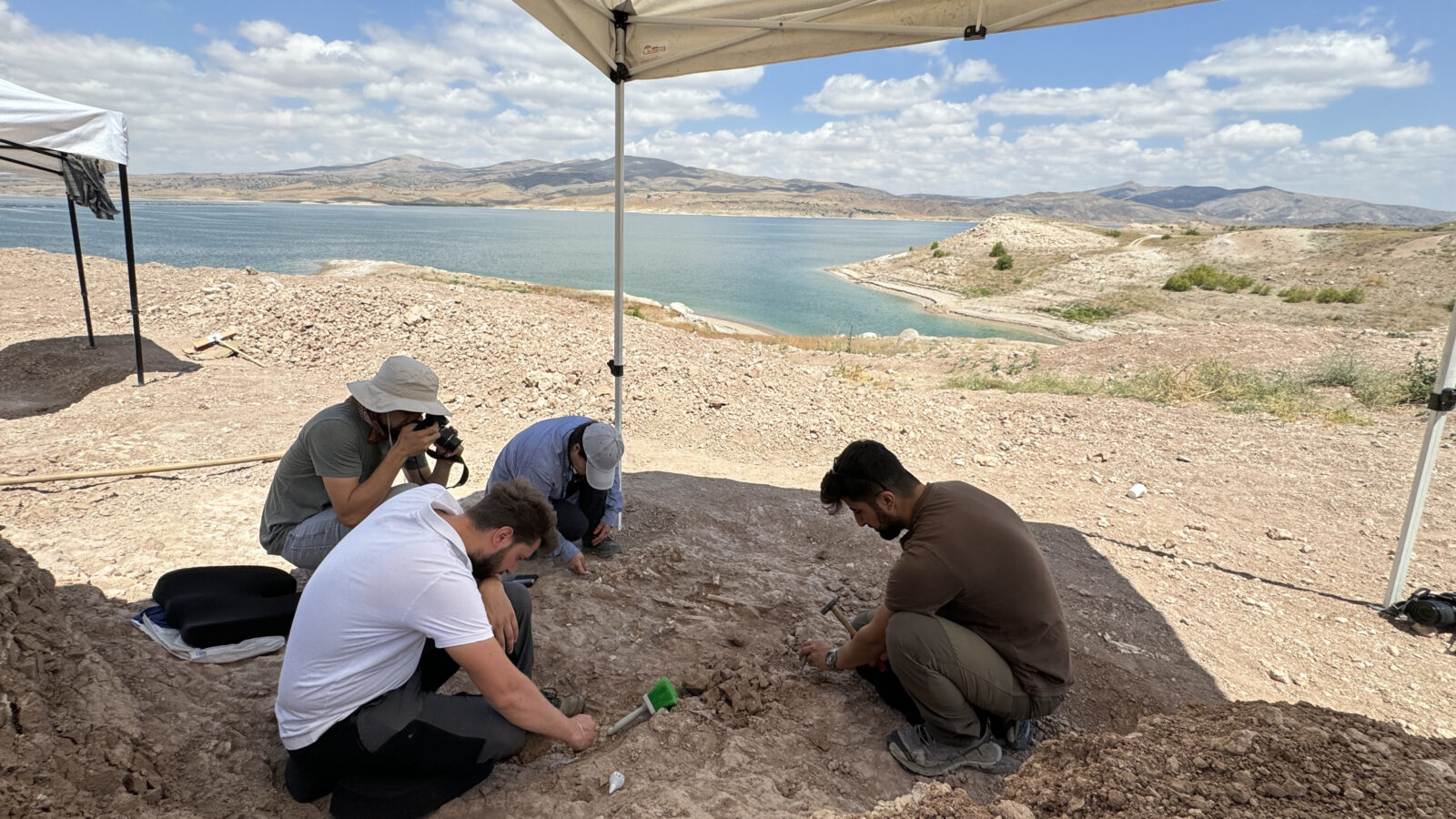
The term “kayser” or “kaysar” is the Islamic version of the Roman and Byzantine title “Caesar”. Ottoman sultans, starting with Sultan Mehmed II, used the title “Kayser-i Rum” to signify their claim to the legacy of the Roman emperors.
The title Caesar originally referred to the Roman statesman Julius Caesar (100-44 B.C.). Caesar’s adopted son, the first Roman emperor Augustus, adopted “Caesar” as an honorary title, which was subsequently used by later Roman emperors alongside “Augustus.”
Russian rulers adopted the title “Tsar” shortly after the Ottoman conquest of Istanbul in 1453. This adoption was intended to counter the Ottoman claim to the Byzantine legacy and assert a claim to the Byzantine throne.
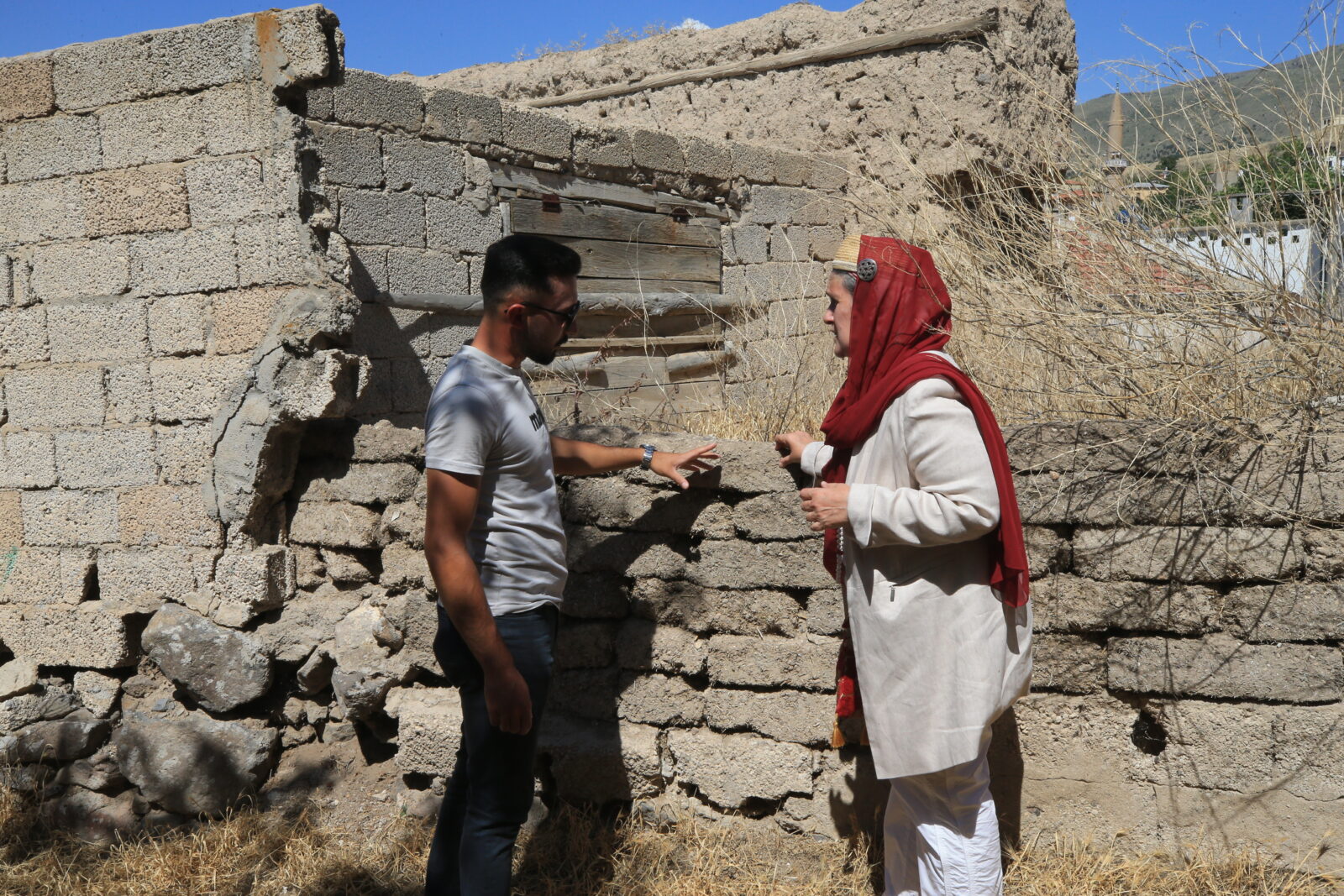
The Holy Roman Empire (961-1804), the Austrian Empire (1806-1918), and the German Empire (1871-1918) also utilized the Latin “Caesar” and the German “Kaiser” titles. Particularly under Emperor Wilhelm II (1888-1918), the “Kaiser” title was prominently highlighted. In Turkish, the German emperor’s title is often written as “kayzer,” while Ottoman and ancient Byzantine rulers are referred to with the “kayser” spelling. Additionally, on the summit of Yilanli Mountain, the tomb of a prominent Cappadocian king was discovered, along with an ancient fortress and a mint. Excavations suggest the existence of a hidden underground city and treasures on this mountain.
